Today I bring you the second of a four part series to walk through the first of my two Japan winter wildlife tours for 2016, continuing with the black-eared kites, white-tailed eagles, red-crowned cranes and whooper swans.
We pick up the trail this week on day 5 of the tour, during the 2PM frenzy when the folks at the crane center throw out fish, supposedly for the red-crowned cranes, but most of them are taken by the white-tailed eagles and black-eared kites. Here we see a photo of the black-eared kite as he banked around showing me all of the beautiful detail on his underside (below).
Just to recap, during this 12 day wildlife tour, I shot exclusively with two Canon EOS 5Ds R bodies, and although I was able to use many of my shots at full-frame, without cropping, some of them are cropped slightly, as is this one. I cropped this down to a 31 megapixel file, as the kite was a little bit far away and so even with my 200-400mm lens with the built-in 1.4X Extender engaged, giving me a focal length of 560mm, I needed just a little more reach.
As I mentioned last week, sometimes I’m leaving the bird smaller in the frame to include more of their environment, but when it’s just a plain blue sky, I prefer to see the bird a little larger like this. At 31 megapixels though, I still have a file 1.5X larger than the files from my 7D Mark II, and the auto-focus held up well to the fast paced shooting, so I was very happy with my decision to go with the 5Ds bodies.
The detail is simply incredible still of course, and I love that there is such a beautiful, pronounced catch-light in this kite’s eye for this photograph. I shot this at f/10 for a 1/1000 of a second at ISO 400, and as I say, I focal length of 560mm
This next shot was a stroke of luck, as two white-tailed eagles flew close together, coming straight towards me, and at pretty much the same distance from the camera, so I have both of their faces tack-sharp, with the one of the left of the photograph looking straight into the lens (below).
I cropped this one down just a little from the top right corner, and then cropped to a 16:9 aspect ratio to match the width of the birds better, giving me a 38 megapixels image. This was also shot at f/10, 1/1000 of a second, ISO 400 at 560mm. This was shot just 20 minutes after the previous kite photograph, but the sky here is much paler because I’m looking across the sky, closer to the horizon, instead of almost straight up, where the sky is at it’s bluest.
Here’s another sort of fun shot, as this white-tailed eagle gives me the evil eye as he banks around in preparation for a swoop to steal some fish (below). Again here, I was shooting across the sky a little, so the blue is a little paler.
This is exactly the same settings as well, f/10, 1/1000 of a second at ISO 400, 560mm. I cropped this one quite a bit, to 27 megapixels, as the eagle was quite a distance from me at this point. Again though, it’s still a bigger file than the 7D Mark II, so I’m happy with this. I don’t want this to sound like I’m knocking the 7D Mark II, or any other fast frame rate body. I’m just enjoying the fact that I can sometimes get full frame wildlife shots and maintain the beautiful high resolution of the 5Ds R body, or even when I have to crop in some, I’m still getting great quality files, and I have the freedom to do both, which has been quite liberating.
As I mentioned last week, we’d had some beautiful warm colored mist from the bridge on the first morning that we visited, but the ideal scene from that location is when the temperature drops below -16°C or 3°F, with no wind, and then if we’re lucky, hoar frost forms on the trees, making them turn a beautiful white. When we left the hotel on the second morning, for our second and last chance to see this phenomenon, it was just about cold enough, so my hopes were high. As the sun started to near the horizon and the light increased, we were treated with this scene (below) as the cranes started to awake and call in their river roost.
I’m often asked if it isn’t cold standing in the water, but if the water isn’t frozen, we know that it’s at least above freezing point, so compared to the air which is well below freezing, it probably feels quite warm to the cranes. Having said that, they huddle up quite closely over night, then, start to sing and dance and spread out as the sun arrives to warm them up, so it’s still a harsh environment that they live in, but when it gives us photos like this, I’m glad that they do.
The hoar frost doesn’t form often, so this was a special treat. My settings here were f/10 for 1/8 of a second at ISO 1600, 506mm, so I was zoomed out just a little with my 200-400mm with the extender engaged, and this image is uncropped.
As the sun rises, the warmer colored light gives the hoar frost a pinkish glow which is quite beautiful too, as we can see in this image. We shot for a good hour or so after the sun rose, trying to capture moments like this, when the red-crowned cranes are dancing or singing, or just running around happy to have survived another night.
Not long after this shot, the warmth of the sun started to melt the hoar frost, so the trees started to go back to black gradually, but I was still very happy that the group was treated to this scene. We have missed this quite a few times in recent years, so this made a very welcome change. Fingers crossed for the Tour #2 group now. We’ll be at this location again a few days after I release this episode, and I’d love for us to get this again.
Without any falling snow, there was no reason to go back to the crane center after breakfast, so we moved on, as planned, to Lake Kussharo, to photograph the whooper swans. The swans are actually the biggest of the birds that we photo, with wing-spans up to 9 feet. They’re not quite as graceful as the cranes or as majestic as the eagles. In fact they can come across as quite clumsy sometimes, but often, they are a beautiful bird to watch and photograph.
We spent our first 90 minutes or so in a corner of the lake at a place called Kotan, where a hot spring flowing into the lake stops a little waterhole from melting, so there is usually a decent sized group of whooper swans there. I like to just set my exposure, and just sit in the snow and wait for something to happen. The tricky part is actually focusing quickly enough to capture a shot like this (below) when that something does happen.
I was able to capture this foreground swan as he tried to escape from the attack of the swan in the back. This is not cropped, so you can probably imagine how relieved I was as I zoomed in on my camera’s LCD, first to find that it was sharp, but then to see that I had not clipped the tip of the swan’s wing off along the top edge of the frame. Sometimes the image is still good enough to keep with a clipped wing, but it’s still nice to include it all as I did here.
The settings for this image are f/8, 1/1000 of second shutter speed, ISO 200 at 340mm with my 100-400mm lens. I haven’t done a lot to these wildlife photos in post. For this image, in Lightroom, I increased the Shadows slider to +40 to bring out the shadows a little, reduced the White slider by -15 to bring some specular highlights under control, and bumped the Clarity up to +20 to give the image a little bit of punch.
Towards the end of the day, we moved along the lake to a place called Sunayu, and slowed down our shutter speeds to try and do some panning shots of the swans. Unfortunately they weren’t helping us by flying back and forth along the beach, but we did have some fly-ins as we waited, as you can see in this photograph (below).
I like this shot, although the swans heads aren’t sharp. The warm light over the mountains is really quite lovely though, and the soft wings of the swans is really appealing to me. It would have been nice to have the heads sharp, but at 1/50 of a second, the chances of this get quite slim, so I have chose this frame for it’s overall aesthetic value rather than technical accuracy. I’ve cropped this down to a 16:9 ratio as well, as the top of the frame wasn’t adding a lot. The aperture at this point was set to f/14, to give me that slow shutter speed, and the ISO was set to 320, with a focal length of 312mm.
The following morning, on day six, we went back to the lake hoping for some fly-ins, although we only had one decent sized group. Here is a photo of them coming in with the mountains on the other side of the lake in the background (below).
This isn’t my best fly-in shot, by far, but I’ve included it here to illustrate the sort of thing that we do at this location. My settings for this were f/10, 1/500 of a second, ISO 200 at 100mm with my 100-400mm lens, so I’d pulled back as wide as the lens would go here.
We went back to Kotan for a while after breakfast, then after lunch on this day, we did a workshop session at the hotel. I walked the group through a bit of information about the snow monkeys and birds we photograph on this tour, and then I talked about my Lightroom catalog management and backup strategy, which the group seemed to find useful. Then, towards the end of the afternoon, we went back out again to try and get the swans to fly for our panning shots.
We weren’t very successful, except for a few birds that did fly along the strip of water at Sunayu for us. Here is one of my resulting photographs, although once again, we didn’t really get enough goes at this to get a totally sharp head. I found this shot kind of amusing though, as the swan seems to be skating along the ice with one foot (below).
My settings here were f/11, 1/40 of a second to capture that wing movement, and an ISO of 320 at 188mm, once again with my 100-400mm lens. This isn’t cropped or rotated either, so a nice bit of in camera framing going off here.
The next morning, rather than going up the Bihoro Pass as we often do, for a landscape shoot overlooking the lake, the group voted unanimously to go back to Sunaya to try and get another fly-in or two, so we had an early breakfast and checked-out before leaving for the lake, to make the most efficient use of our time. Once again, we didn’t get many fly-ins, but I was happy with this shot (below) of a group of five whooper swans as they fly in front of the group shortly after 9am.
The great thing about photographing at this point in the morning, is that the sun is behind us, so the light on the birds is beautiful. Again here I’ve cropped the image down from the top to a 16:9 ratio, for better balance, and I quite like the slight misty feel to this, as the mountains gradually fade into the scene. I was using a fast shutter speed for this, at 1/800 of a second at f/11, ISO 400 at 124mm.
That brings us to our tenth photo for this episode, so we’ll leave it there and I’ll pick up the trail shortly after this on the eight day of the tour, as we make a brief stop at Iouzan or Sulphur Mountain as we start our drive over to the Notsuke Peninsula and then Rausu, where we’ll spend three days photographing the Steller’s Sea Eagles and White-Tailed Eagles from a boat on the Sea of Okhotsk. I hope you’ll join us again then.
2018 Winter Wonderland Tours
Before we finish, I’d like to remind you that we are now taking bookings for the 2018 Snow Monkeys & Hokkaido Tours. For details and to book your place, visit the tour page at https://mbp.ac/ww2018. Our 2017 tours are already sold out, but if you’d like to be put on the wait list, please contact us.
Show Notes
Details of the 2018 Tours: https://mbp.ac/ww2018
View all currently available Tours & Workshops: https://mbp.ac/workshops
Subscribe in iTunes for Enhanced Podcasts delivered automatically to your computer.
Download this Podcast in MP3 format (Audio Only).
Download this Podcast in Enhanced Podcast M4A format. This requires Apple iTunes or Quicktime to view/listen.


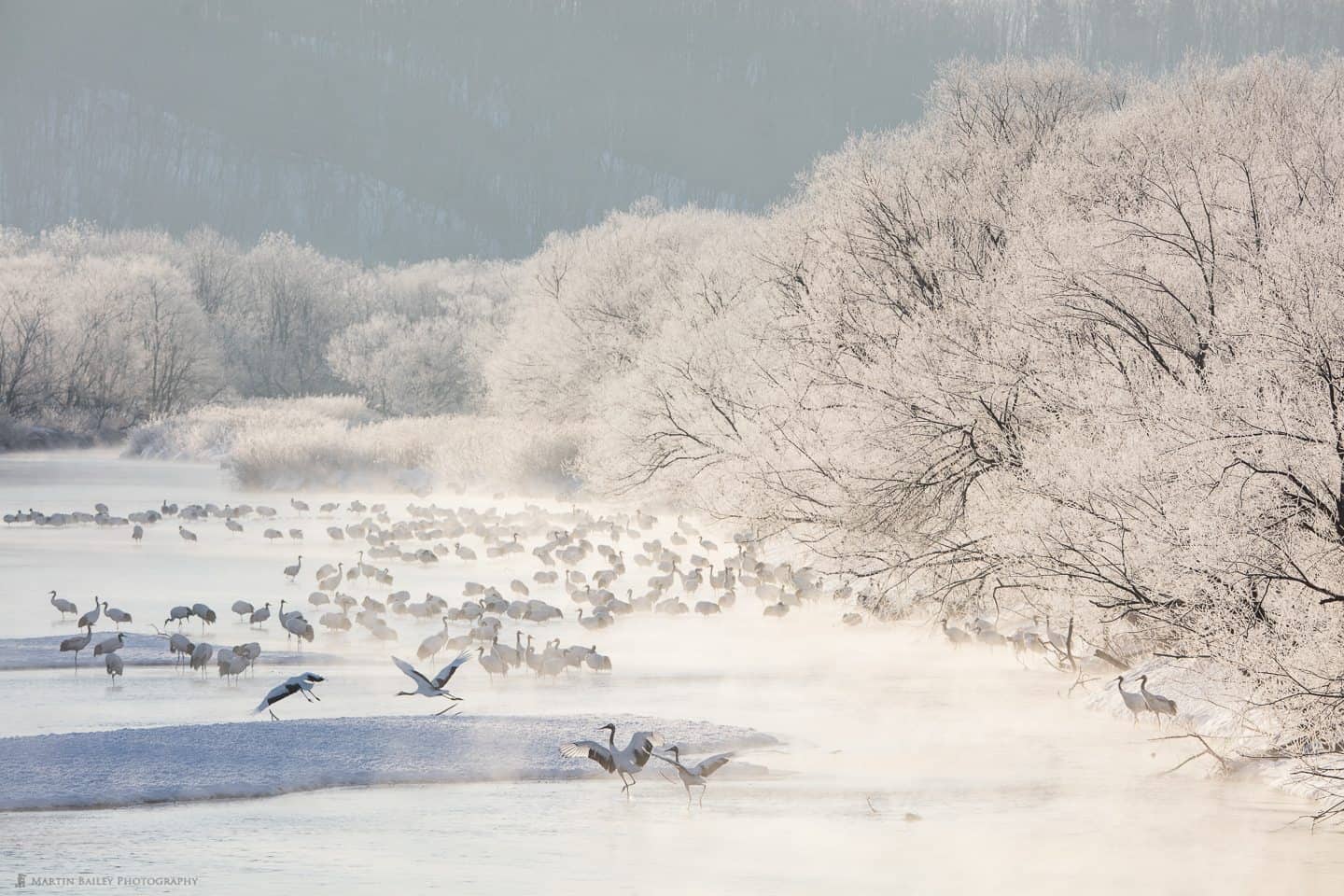
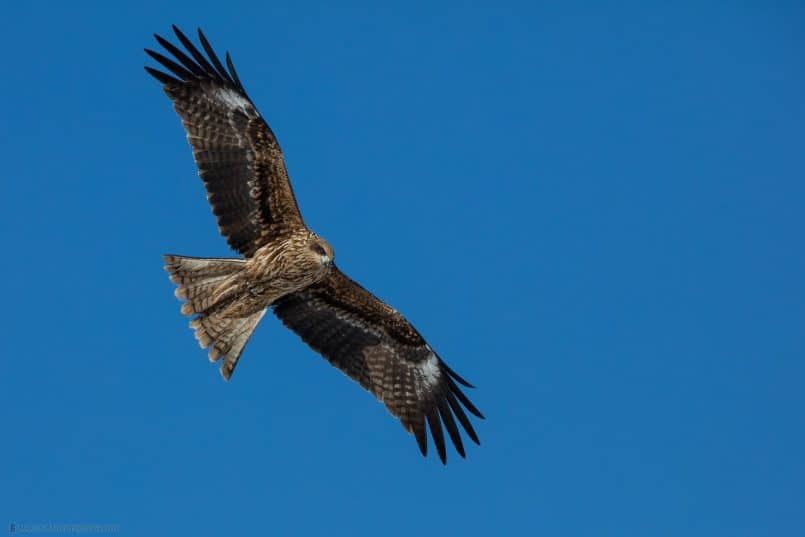
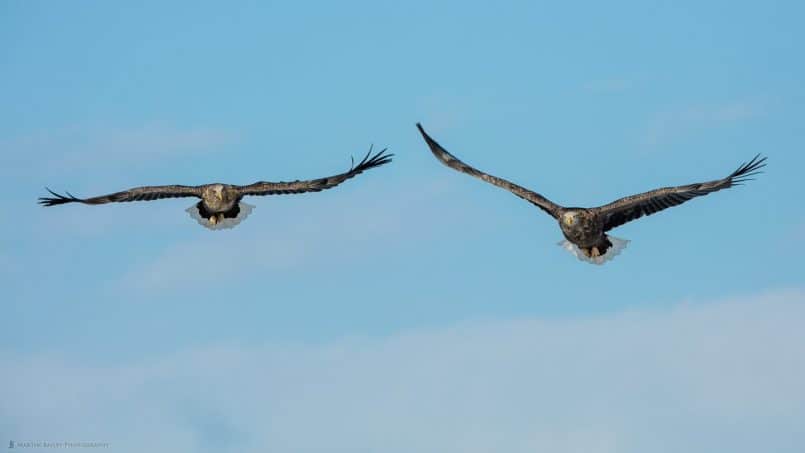
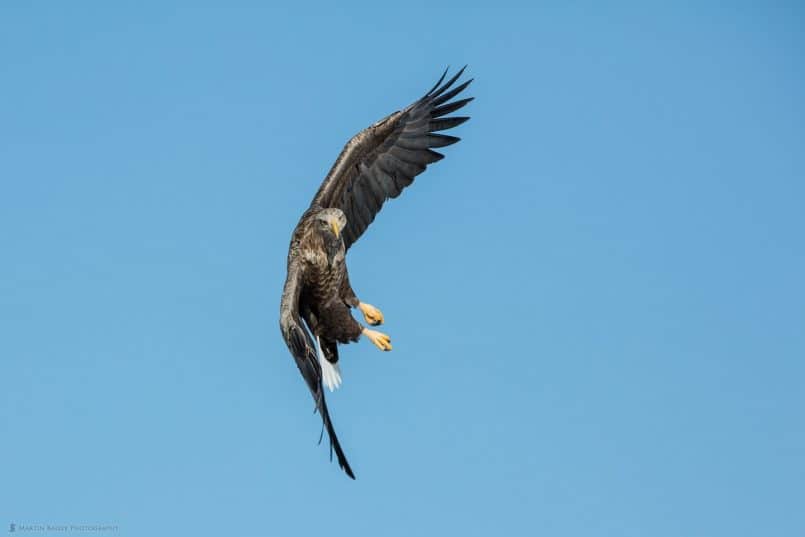
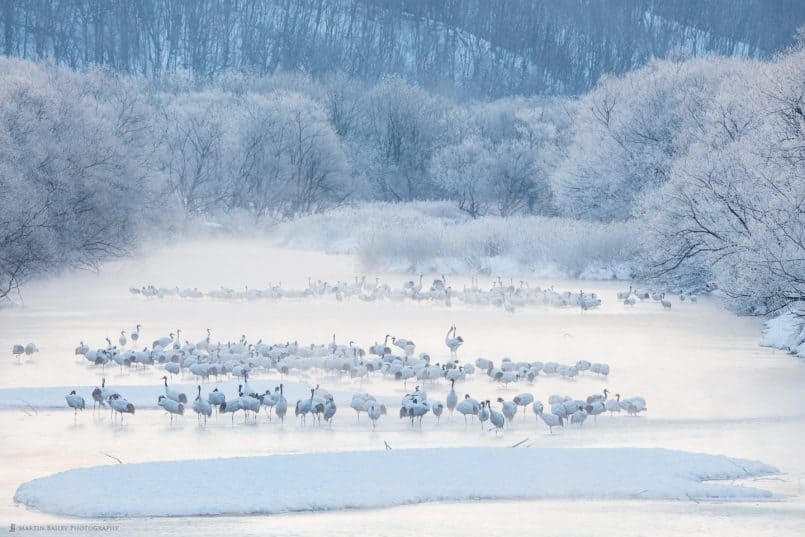
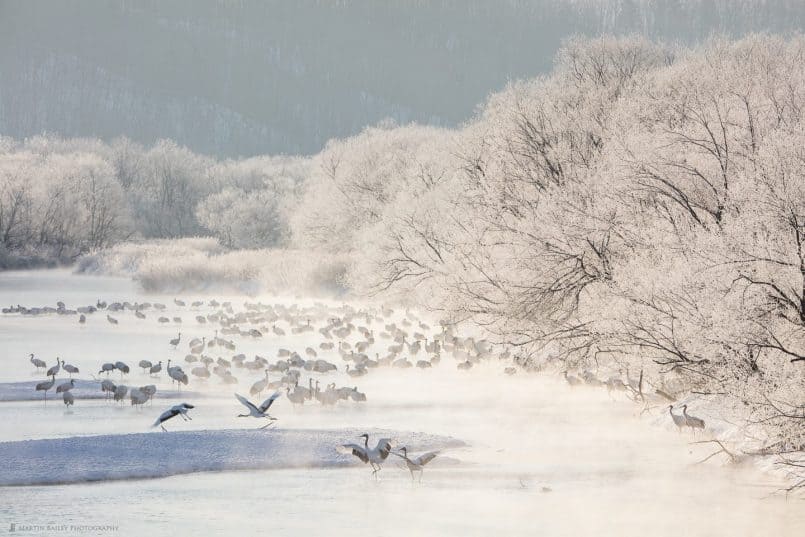
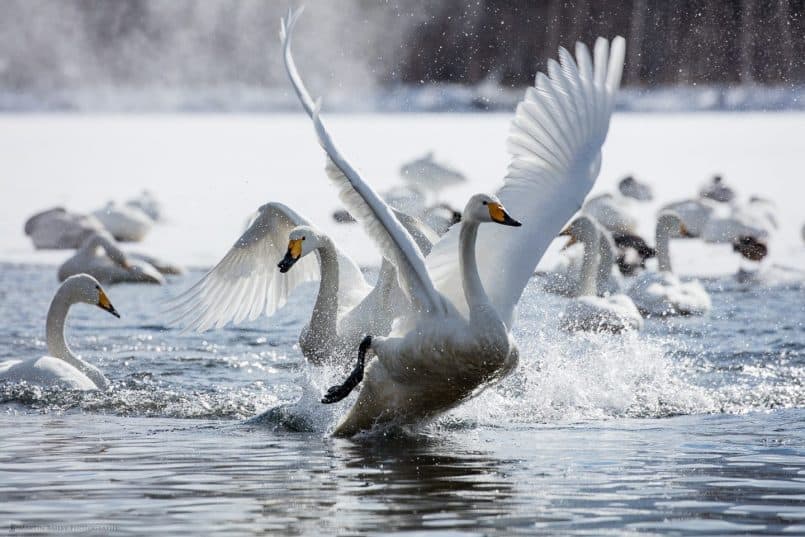
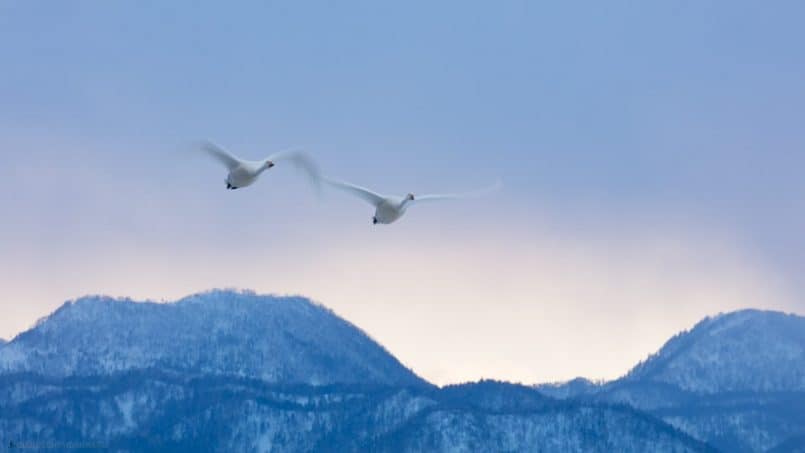
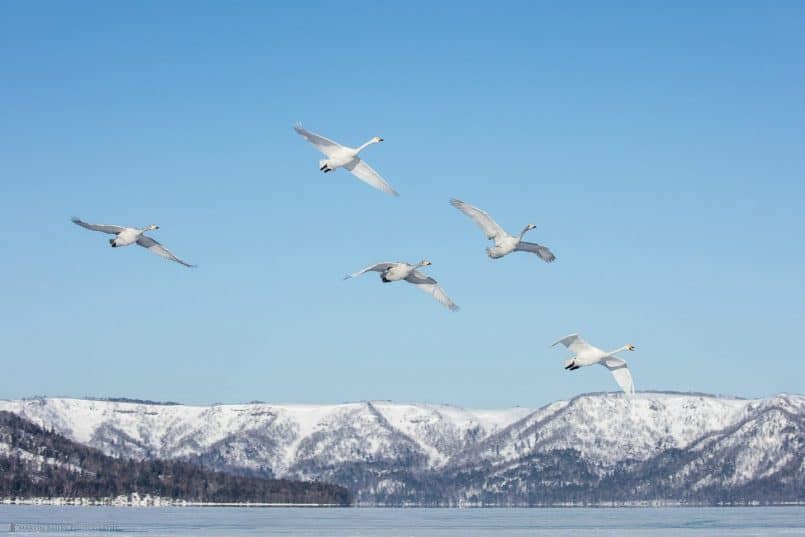
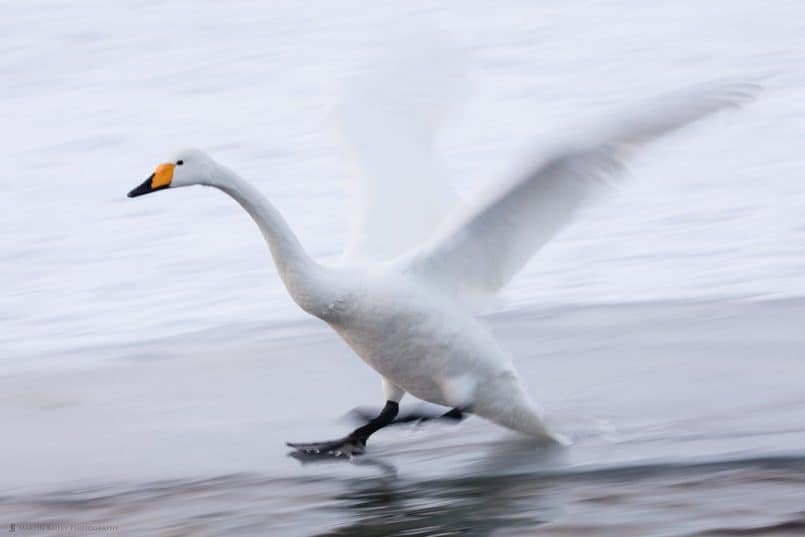
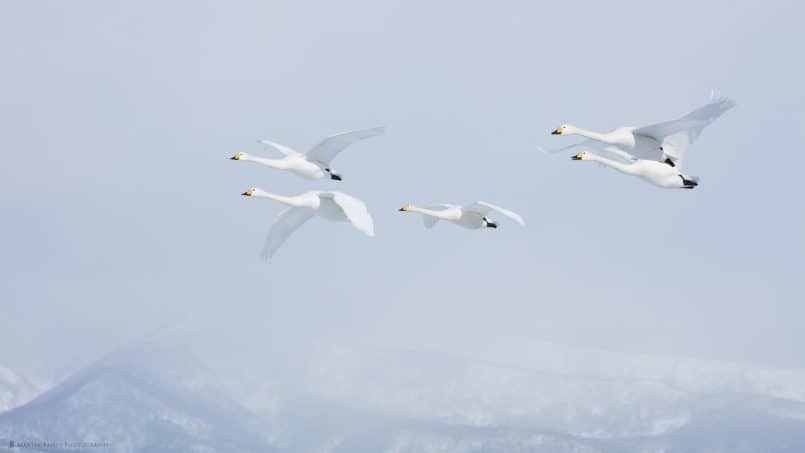
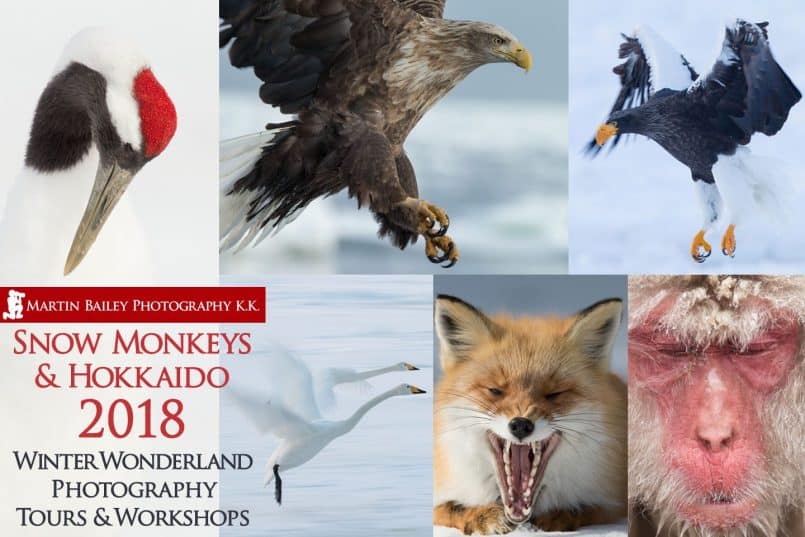

Wonderful images! Love the Cranes – we go see the Sandhill Cranes on their migration path through the Hiawassee Refuge in Tennessee each year.